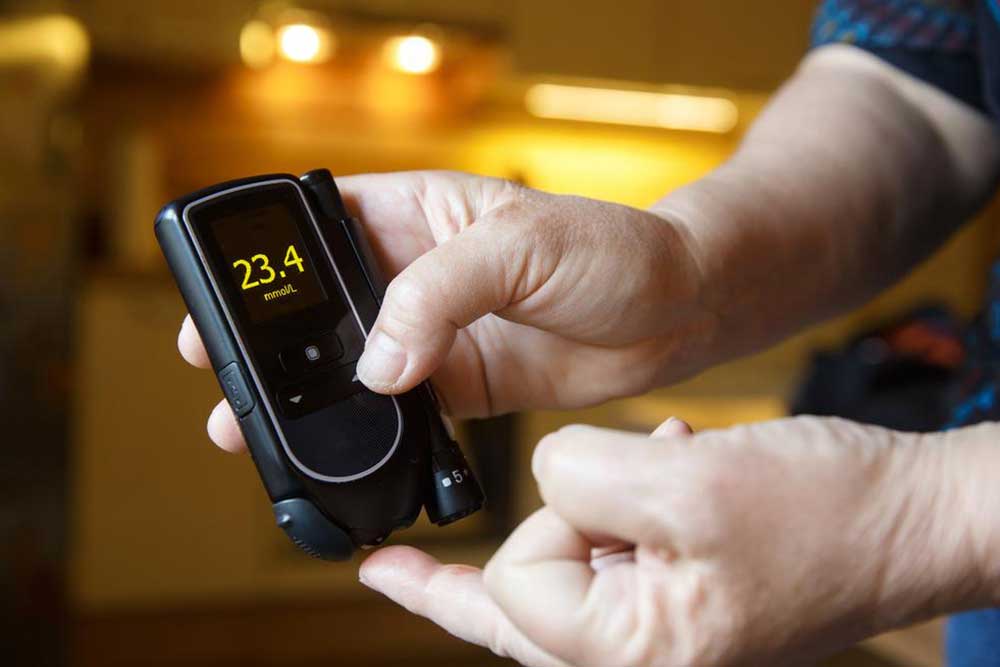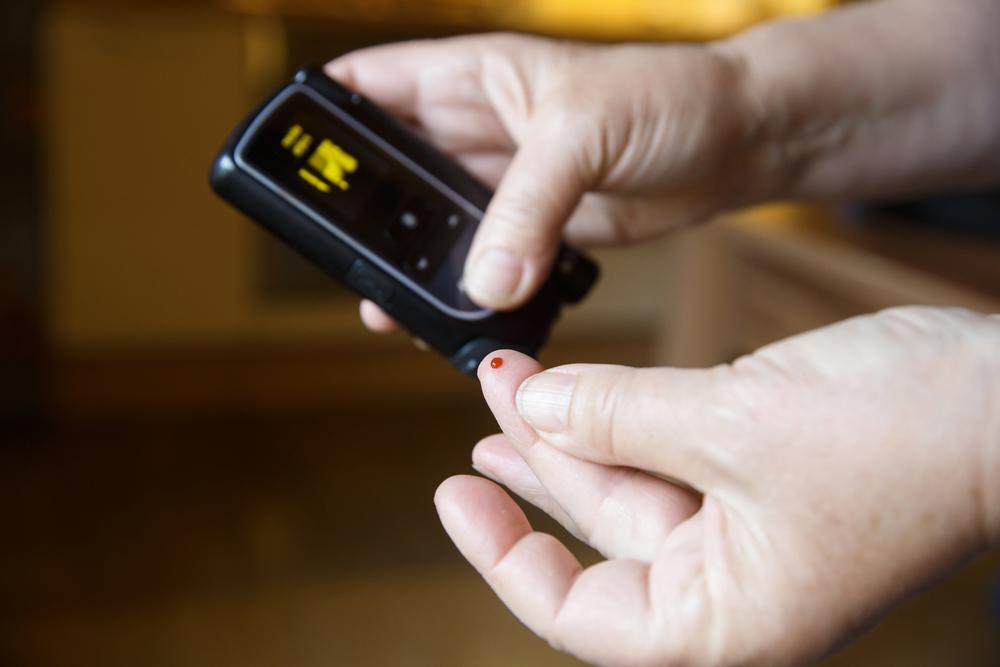Comprehensive Guide to Diabetes: Recognizing Early Symptoms and Effective Lifestyle Management
This comprehensive guide explores the early signs of diabetes and offers practical lifestyle strategies for better disease control. It emphasizes the importance of recognizing symptoms such as frequent urination, excessive thirst, and fatigue, while highlighting the role of healthy eating and regular exercise in managing the condition. The article also discusses risk factors, types of diabetes, and effective prevention methods, empowering readers to take proactive steps toward their health. Understanding these aspects can help reduce complications and improve quality of life for those at risk or living with diabetes.

Comprehensive Guide to Diabetes: Recognizing Early Symptoms and Effective Lifestyle Management
Diabetes mellitus is a chronic health condition characterized by elevated blood glucose levels resulting from the body’s inability to produce or effectively use insulin, a vital hormone responsible for regulating blood sugar. It is one of the most prevalent metabolic diseases worldwide, impacting millions of lives each year. According to recent data from the Centers for Disease Control and Prevention (CDC), around 130 million Americans are either diagnosed with diabetes or at high risk of developing the disease. With the increasing prevalence, public health initiatives have intensified efforts to raise awareness regarding early detection, preventive measures, and effective management strategies. Recognizing the warning signs early and adopting a proactive approach toward lifestyle modifications can substantially enhance disease control and overall quality of life.
Understanding Diabetes: Types and Characteristics
Diabetes is broadly classified into two main types: Type 1 and Type 2. Each type has distinct underlying mechanisms but shares the common challenge of managing blood glucose levels.
Type 1 Diabetes: Also known as juvenile diabetes, this form occurs when the body's immune system attacks and destroys insulin-producing cells in the pancreas. As a result, individuals with Type 1 diabetes produce little to no insulin, requiring lifelong insulin therapy. It often manifests in childhood or adolescence but can develop at any age. The exact cause remains unknown but is believed to involve genetic and environmental factors.
Type 2 Diabetes: The most common form, accounting for approximately 90-95% of all cases. In this condition, the body develops resistance to insulin or fails to produce enough insulin to meet the body's needs. Factors such as obesity, sedentary lifestyle, and poor dietary habits significantly contribute to its development. Unlike Type 1, it can often be managed or prevented through lifestyle changes and medication. Both types of diabetes result in hyperglycemia, which if left unmonitored, can lead to severe complications like cardiovascular diseases, neuropathy, kidney failure, and vision loss.
Early recognition of symptoms plays a critical role in effective disease management. Common signs indicating the presence or risk of diabetes include:
Frequent urination (Polyuria): One of the earliest symptoms, this occurs because elevated blood sugar levels cause the kidneys to excrete excess glucose through urine, leading to increased urination. Night-time urination is particularly common.
Intense thirst (Polydipsia): The excessive loss of fluids due to frequent urination causes dehydration. This prompts a persistent feeling of thirst and dry mouth, often accompanied by dehydration symptoms.
Persistent Fatigue: High blood sugar levels can impair the body's energy production and utilization, resulting in feelings of tiredness, weakness, and lack of motivation. Sleep disturbances due to frequent urination also exacerbate fatigue.
Skin Discoloration: Dark patches—also known as acanthosis nigricans—appear on the neck, groin, or underarms. These patches can indicate insulin resistance, a precursor to Type 2 diabetes.
Blurred Vision: Elevated blood sugars can cause swelling in the eye's lens, leading to temporary vision blurring. These changes often resolve once blood sugar levels stabilize, but persistent vision issues require medical attention.
Increased Appetite (Polyphagia): Despite high blood sugar levels, the body's cells may be starved for glucose, prompting increased hunger and eating even when not physically needed.
Sudden Energy Fluctuations: Shakiness, dizziness, and weakness may occur, especially when blood glucose drops too low—a condition known as hypoglycemia.
Wound Healing Difficulties: High blood sugar damages small blood vessels and impairs circulation, leading to delayed wound healing and increased risk of infections.
Risk Factors for Developing Diabetes: Several factors increase the likelihood of developing diabetes, including a family history of the disease, age (more common in individuals over 45 and in young people with Type 1), sedentary lifestyles, high blood pressure, and abnormal cholesterol levels. Obesity is a significant modifiable risk factor.
Effective Lifestyle Strategies for Managing Diabetes: While medication plays a vital role, lifestyle modifications are crucial in managing and preventing diabetes. Tailoring these strategies to individual needs can lead to better health outcomes:
Adopt a Balanced, Nutritious Diet: Emphasize foods high in fiber and nutrients such as leafy greens, vegetables, lean proteins (like fish and poultry), and whole grains. Limit intake of refined sugars, sugary beverages, processed foods, and high-fat items. Maintaining regular meal times helps regulate blood sugar levels and prevents spikes and drops.
Engage in Regular Physical Activity: Incorporate at least 150 minutes of moderate exercise weekly, including brisk walking, biking, swimming, or other enjoyable activities. Exercise increases insulin sensitivity, aiding glucose uptake by the muscles, thus lowering blood sugar levels. Consistency is key to maintaining long-term benefits.
In conclusion, understanding the early signs and signs of insulin resistance is vital for early intervention and effective management of diabetes. Making sustained lifestyle changes, including healthy eating and regular exercise, can prevent complications and promote better health outcomes. Regular check-ups and blood sugar monitoring remain integral components of disease control, empowering individuals to lead healthier, more active lives despite this chronic condition.
In summary, early detection, proactive lifestyle choices, and ongoing medical support form the cornerstone of effective diabetes management. Awareness and education are essential tools in combating this widespread health issue, helping millions maintain optimal health and well-being.





